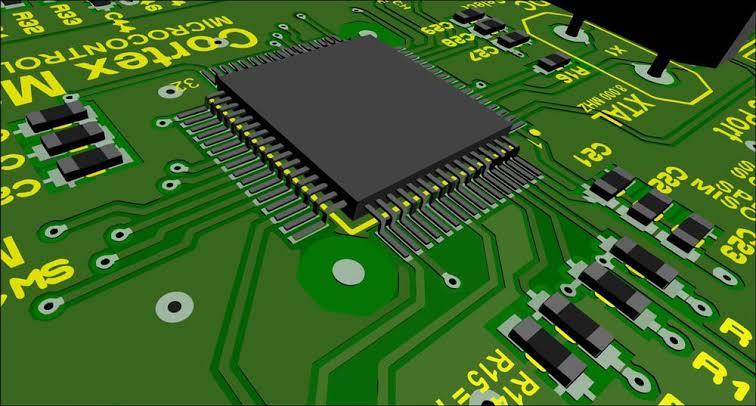Understanding the Fundamentals of Circuit Board Design
Circuit board design stands as a foundational element in the development of electronic devices, encompassing the layout, interconnection, and integration of electronic components. A comprehensive understanding of signal integrity, power distribution, thermal management, and manufacturability forms the bedrock for effective circuit board design, facilitating the creation of robust, high-performance electronic systems.
Navigating Complexities in Signal Integrity and High-Speed Design
Navigating complexities in signal integrity and high-speed design is paramount in modern circuit board development. Mitigating signal distortions, impedance mismatches, electromagnetic interference (EMI), and crosstalk demands meticulous attention to transmission line routing, controlled impedance structures, differential pair routing, and adherence to high-frequency design principles, ensuring reliable data transmission and system functionality.
Optimizing Power Distribution and Integrity
Optimizing power distribution and integrity hinges on the strategic allocation of power planes, decoupling capacitors, and voltage regulation mechanisms within the circuit board layout. Balancing current-carrying capacities, minimizing voltage drops, mitigating power noise, and achieving uniform power delivery to sensitive components underpin the critical role of effective power distribution design in sustaining stable, efficient electronic system operation.
Integrating Thermal Management Solutions for Enhanced Reliability
Integrating thermal management solutions into circuit board design is vital for safeguarding electronic components against heat-induced degradation and ensuring long-term operational reliability.
Synthesizing heat dissipation strategies, thermal vias, heatsinks, and localized cooling measures within the board architecture optimizes thermal conductivity, prevents hotspots, and extends the lifespan of semiconductor devices, bolstering overall system robustness.
Embracing Design for Manufacturing (DFM) Principles
Embracing Design for Manufacturing (DFM) principles streamlines the transition from circuit board design to efficient, cost-effective production processes. Aligning design choices with assembly, solderability, testing, and inspection requirements enhances manufacturability, yield rates, and product quality, fostering seamless integration of the designed circuit boards into mass production workflows.
Enabling EMI/EMC Compliance through Thoughtful Design Practices
Enabling electromagnetic compatibility (EMC) and electromagnetic interference (EMI) compliance mandates the incorporation of thoughtful design practices aimed at attenuating radiated and conducted emissions. Grounding strategies, shielding techniques, signal filtering, and layout optimization contribute to the suppression of interference sources, fortifying the circuit board against external disturbances and ensuring regulatory conformity within electronic systems.
Leveraging Advanced Routing and Interconnection Techniques
Leveraging advanced routing and interconnection techniques encompasses the utilization of high-density interconnect (HDI) technologies, micro via structures, and multilayer stackups to accommodate miniaturization trends and intricate component placements.
Harnessing optimal signal paths, reducing parasitic effects, and maximizing routing efficiency underpin the efficacy of advanced routing approaches in fostering compact, high-performance circuit board layouts.
Validating Design Integrity through Prototyping and Simulation
Validating design integrity through prototyping and simulation elucidates performance characteristics, identifies potential design flaws, and informs iterative refinements prior to full-scale production. Utilizing PCB layout software, signal integrity simulations, thermal analysis tools, and rapid prototyping capabilities facilitates comprehensive verification of design choices, expediently rectifying any identified shortcomings or inefficiencies.
Conclusion
The art and science of circuit board design demand a harmonious fusion of engineering acumen, design ingenuity, and interdisciplinary collaboration. By embracing the pivotal considerations and techniques expounded within this narrative, circuit board designers can navigate the intricacies of modern electronics, surmount design challenges, and cultivate a landscape of innovative, reliable electronic systems that embody the epitome of performance, durability, and technological advancement.





